| Tips and information for Halloween safety, what to know before you knock Posted By Lisa L Halloween is one of the best nights of the year for young children filled with excitement and candy, however it offers some unique hazards . Trick-or-treating can be dangerous if kids and parents aren’t carefully prepared. I put together a couple of tips that I feel are the most important to remember before trick-or-treating with your children today! |
1. Plan a route in advance.
(Trick or treating hours will be from 6:00 pm until 8:00 pm in Macomb County)
To make Halloween Safety a priority, map out a well-lit route and have an emergency plan in place. In the event that a child gets split up from the group or lost, he or she will be more likely to know how to find the way back. Also, have a meeting spot along the route in case this happens. Make sure your child is always with an adult and knows the neighborhood. Don’t forget to bring a flashlight!
2. Trick-or-treat at houses with their lights on.
Children will be going door-to-door and interacting with neighbors they are unfamiliar with (its tradition!), but teach your child to first be cautious and to never enter a stranger’s home or car. If a house doesn’t have its porch light on, don’t waste your time. The kids will have more time to get candy from homes displaying the proper “We have candy!” signals, and you will feel better knowing you don’t have to take that risk.
Not all states have specific laws regulating sex offenders on Halloween. In the link posted below you can learn about different actions law enforcement have taken against sex offenders interacting with children on Halloween. "Operation Boo," "Halloween: Zero Tolerance," and "No Candy" are among some of the laws on the list.
http://criminal.findlaw.com/criminal-charges/halloween-sex-offender-laws.html
Regardless, law enforcement is extra present on Halloween night, and are aware of the unique hazards. Many departments in Macomb County establish a Halloween task force and recruit volunteers to provide extra eyes and ears to ensure trick or treating goes safely and smoothly.
3. Check your child’s candy.
When sorting through candy at the end of the night, be sure to throw away any candy that is opened or not in its original wrapper. Every Halloween my siblings and I would dump our candy bags on the kitchen floor and sort, trade, and admire all of the candy we were going to eat. This was a perfect opportunity for my parents to see exactly what we were given, and an easy chance to spot unwrapped candy or anything out of place that should be thrown away. Although it is unlikely that anything will be tampered with, this really is important because it is better to be safe rather than sorry.
(Trick or treating hours will be from 6:00 pm until 8:00 pm in Macomb County)
To make Halloween Safety a priority, map out a well-lit route and have an emergency plan in place. In the event that a child gets split up from the group or lost, he or she will be more likely to know how to find the way back. Also, have a meeting spot along the route in case this happens. Make sure your child is always with an adult and knows the neighborhood. Don’t forget to bring a flashlight!
- Both the Michigan Attorney General’s office and local police departments recommend taking a look at the Michigan Sex Offender Registry to avoid possible dangers along the planned route. Visit http://www.mipsor.state.mi.us to use the Michigan Sex Offender Registry.
2. Trick-or-treat at houses with their lights on.
Children will be going door-to-door and interacting with neighbors they are unfamiliar with (its tradition!), but teach your child to first be cautious and to never enter a stranger’s home or car. If a house doesn’t have its porch light on, don’t waste your time. The kids will have more time to get candy from homes displaying the proper “We have candy!” signals, and you will feel better knowing you don’t have to take that risk.
Not all states have specific laws regulating sex offenders on Halloween. In the link posted below you can learn about different actions law enforcement have taken against sex offenders interacting with children on Halloween. "Operation Boo," "Halloween: Zero Tolerance," and "No Candy" are among some of the laws on the list.
http://criminal.findlaw.com/criminal-charges/halloween-sex-offender-laws.html
Regardless, law enforcement is extra present on Halloween night, and are aware of the unique hazards. Many departments in Macomb County establish a Halloween task force and recruit volunteers to provide extra eyes and ears to ensure trick or treating goes safely and smoothly.
3. Check your child’s candy.
When sorting through candy at the end of the night, be sure to throw away any candy that is opened or not in its original wrapper. Every Halloween my siblings and I would dump our candy bags on the kitchen floor and sort, trade, and admire all of the candy we were going to eat. This was a perfect opportunity for my parents to see exactly what we were given, and an easy chance to spot unwrapped candy or anything out of place that should be thrown away. Although it is unlikely that anything will be tampered with, this really is important because it is better to be safe rather than sorry.
Remember to enjoy all of the fun that today brings! Being prepared and aware will make it that much better, and I hope everyone has a safe and wonderful day with family and friends!
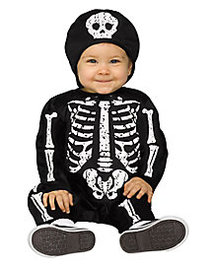

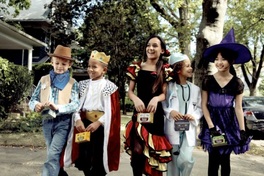

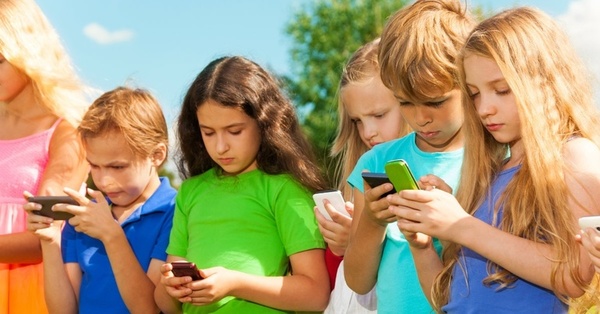
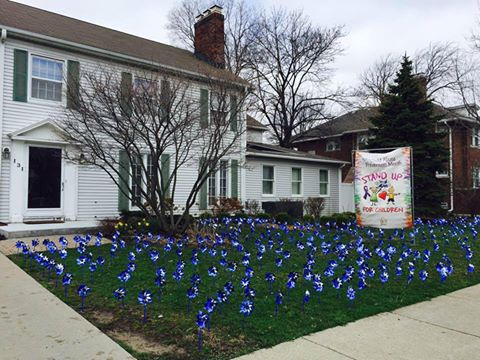
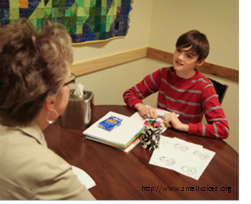
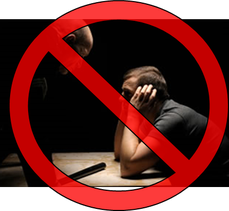
 RSS Feed
RSS Feed
